5 Simple Steps to Achieve Your Financial Goals

By

Many Indians struggle to build wealth not because they don’t earn enough but because their money lacks direction. Without a clear plan, saving or investing becomes random and ineffective.
Think of financial goals as a GPS for your money - they give purpose, structure, and help you avoid aimless detours.
Whether it’s buying a house, funding your child’s education, or retiring early, setting smart financial goals is the first step to taking control of your financial life.
In Alice in Wonderland, the Cheshire Cat tells Alice, “If you don’t know where you’re going, any road will take you there.” That perfectly describes goal-less finances.
Financial goals are clear targets you set for your money like saving ₹10 lakh in 5 years for a house, or building a ₹2 crore retirement corpus by the time you turn 60.
Financial goals are specific, measurable objectives that define how you want to manage, save, or grow your money over time.
They help guide your investments, motivate saving habits, and reduce stress by bringing clarity to your financial journey.
Tool Tip: Use Finnovate Calculators to get help with a current financial health and goal planning.
“I want to save more” isn’t enough. “I want to save ₹10 lakh for my daughter’s college in 5 years” is.
Apply the S.M.A.R.T. framework:
| SMART Principle | What It Means | Example |
|---|---|---|
| Specific | Clear and well-defined | “Save ₹5L for down payment” |
| Measurable | Quantifiable with numbers | ₹5 lakh by a set date |
| Achievable | Within your income & lifestyle limits | Based on income minus current expenses |
| Realistic | Practical and not overly ambitious | Not dependent on lottery or luck |
| Time-bound | Has a deadline | “By March 2027” |
Not all goals are created equal. Classify them based on how soon you’ll need the money and their purpose:
| Goal Type | Purpose | Suitable Tools |
|---|---|---|
| Short-term (0–2 yrs) | Emergency fund, insurance premiums | Fixed Deposits, Recurring Deposits |
| Mid-term (3–5 yrs) | Car, vacation, home down payment | Debt mutual funds, Hybrid funds |
| Long-term (5+ yrs) | Retirement, child’s education | Equity mutual funds, NPS |
Example: Dr. Nair, a 38-year-old pediatrician from Mumbai, split his ₹50,000 monthly savings across an emergency fund, a 4-year vacation goal, and a retirement plan. With the right mix of RDs and SIPs, he aligned each rupee to a purpose.
Different goals need different investment products.
| Goal Type | Investment Tool | Why It Works |
|---|---|---|
| Short-term | Fixed Deposits, Liquid Funds | Capital preservation, low risk |
| Mid-term | Debt Funds, Hybrid Funds | Moderate growth, low volatility |
| Long-term | Equity Mutual Funds, NPS, Stocks | High growth potential via compounding |
Try This: Use our FIRE Calculator to see how long it’ll take to achieve early retirement based on your savings and expenses.
Planning is not a one-time task - it’s a habit.
Feeling overwhelmed? A SEBI-registered investment advisor can guide you through:
Book a Free Call Today to discuss your financial goals with an expert.
You don’t need to be a finance expert to set goals - you just need to start.
At Finnovate, we help hundreds of families plan better, invest smarter, and reach financial freedom.
Take our FinnFit Quiz or Schedule a Free Call
Retirement, buying a house, kids’ education, emergency fund, and travel are some common ones.
Start with small, realistic goals like saving ₹500–₹1,000 per month. Consistency matters more than size.
Yes. SIPs are one of the best tools to build wealth over time especially for retirement or education planning.
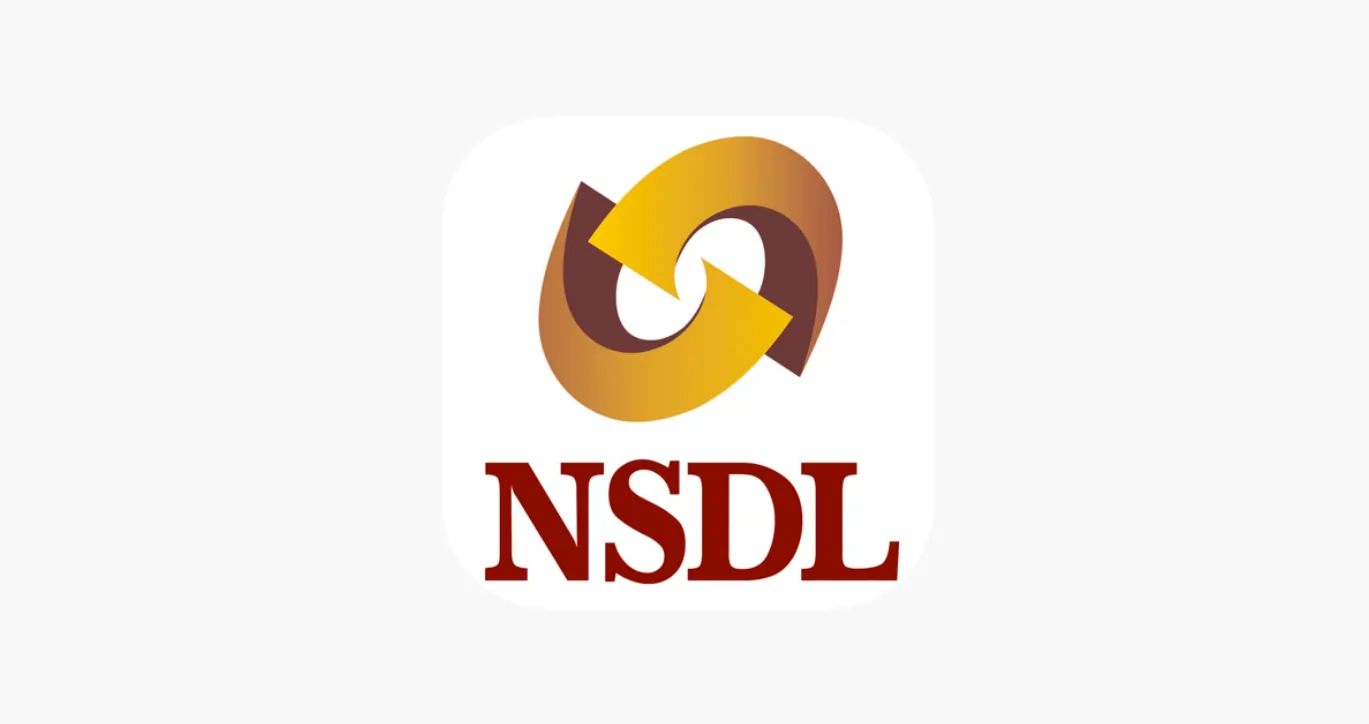
Learn how to easily download your NSDL CAS Statement in PDF format with our step-by-step guide. Follow our instructions to log in to NSDL e-Services, download your account statement, and subscribe for
Read Full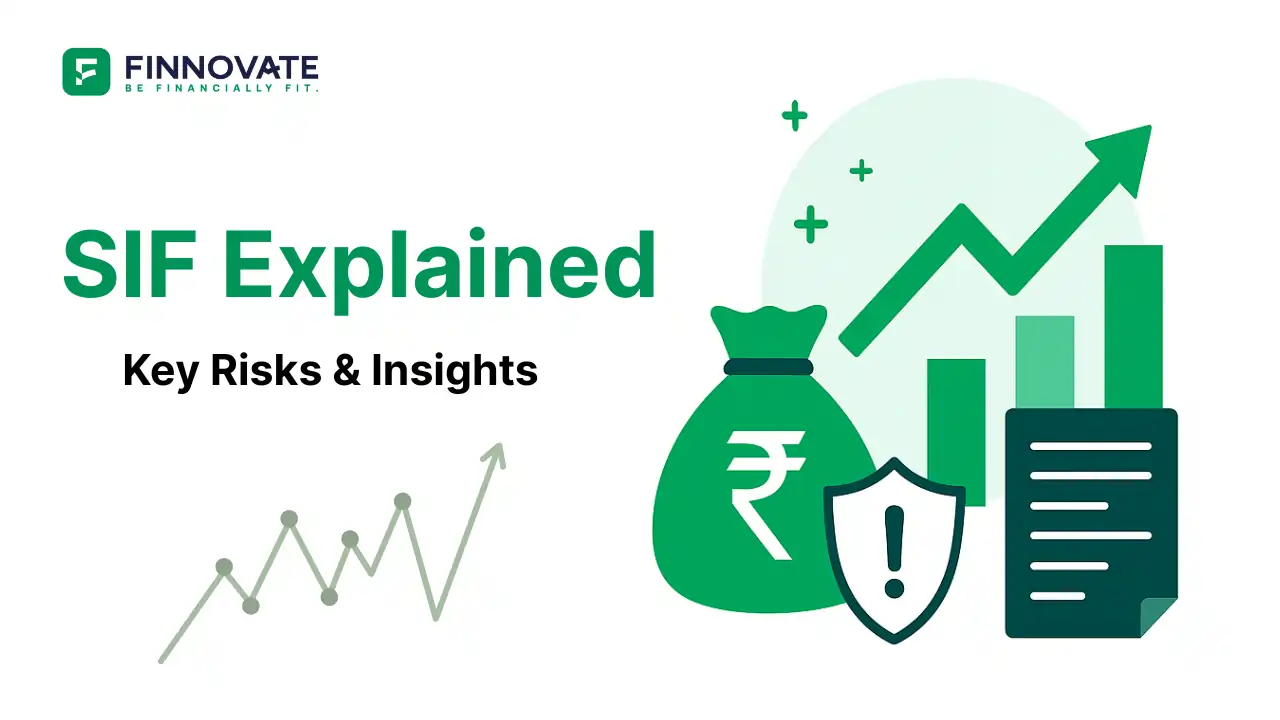
Explore what Specialised Investment Funds (SIFs) are, their benefits, taxation, minimum investment, how to invest, how they compare with mutual funds and PMS and latest developments in SIF space
Read Full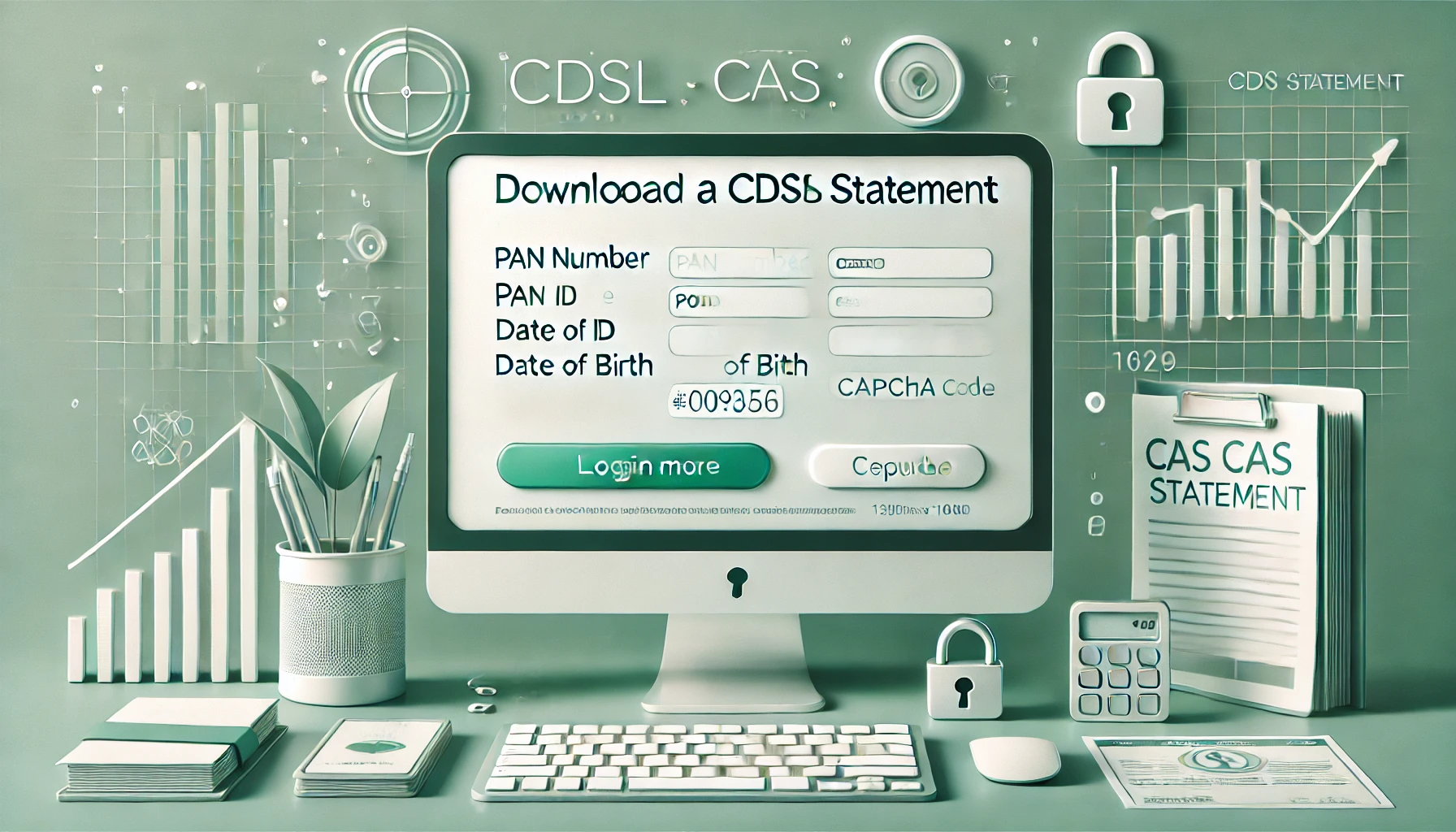
Learn How to Download Your CDSL CAS Statement with our step-by-step guide. Easy instructions for accessing your investment details online.
Read Full
Analyzing the potential economic impact of the 2025 India-Pakistan conflict on India's GDP growth, manufacturing sector, and foreign investment.
Read Full
Looking for the best financial freedom books? Here’s a handpicked 2025 reading list with summaries, why to read, and who it's best for.
Read Full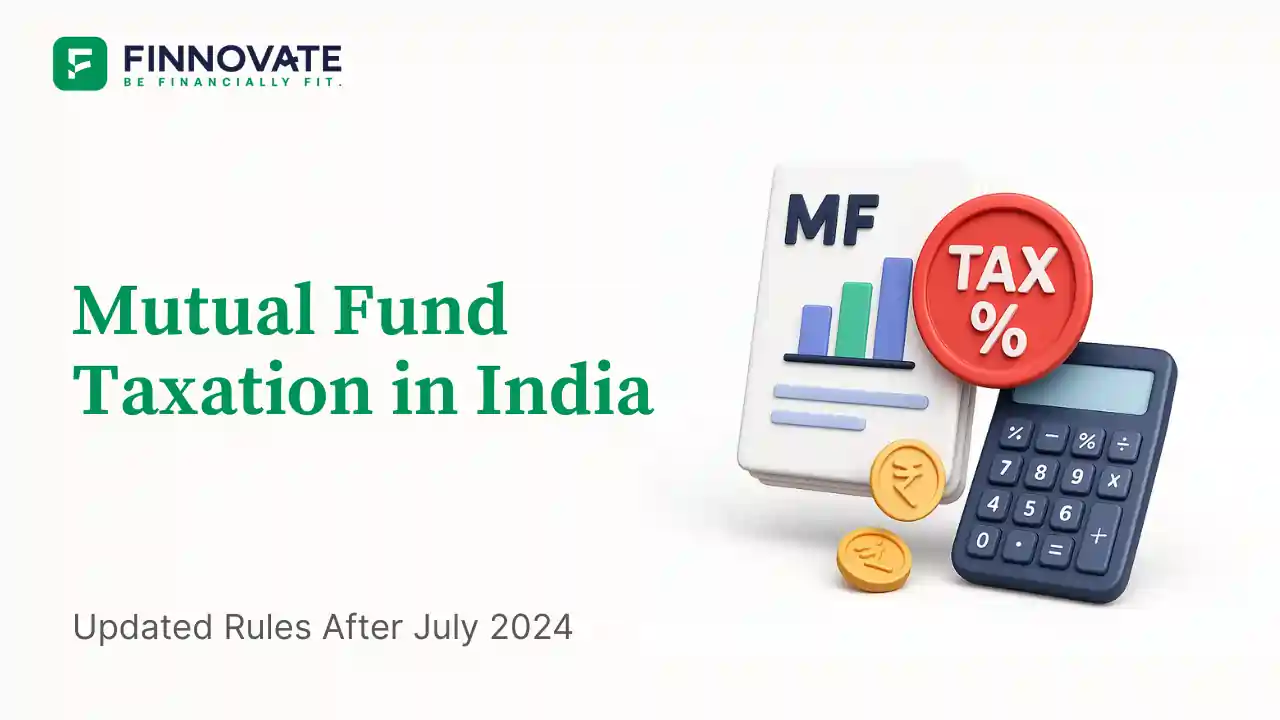
Clear guide to mutual fund taxation in India for FY 2025–26 after July 2024 changes: equity STCG 20%, LTCG 12.5% with ₹1.25L exemption, debt/hybrid rules, dividends, examples, tables, and FAQs.
Read Full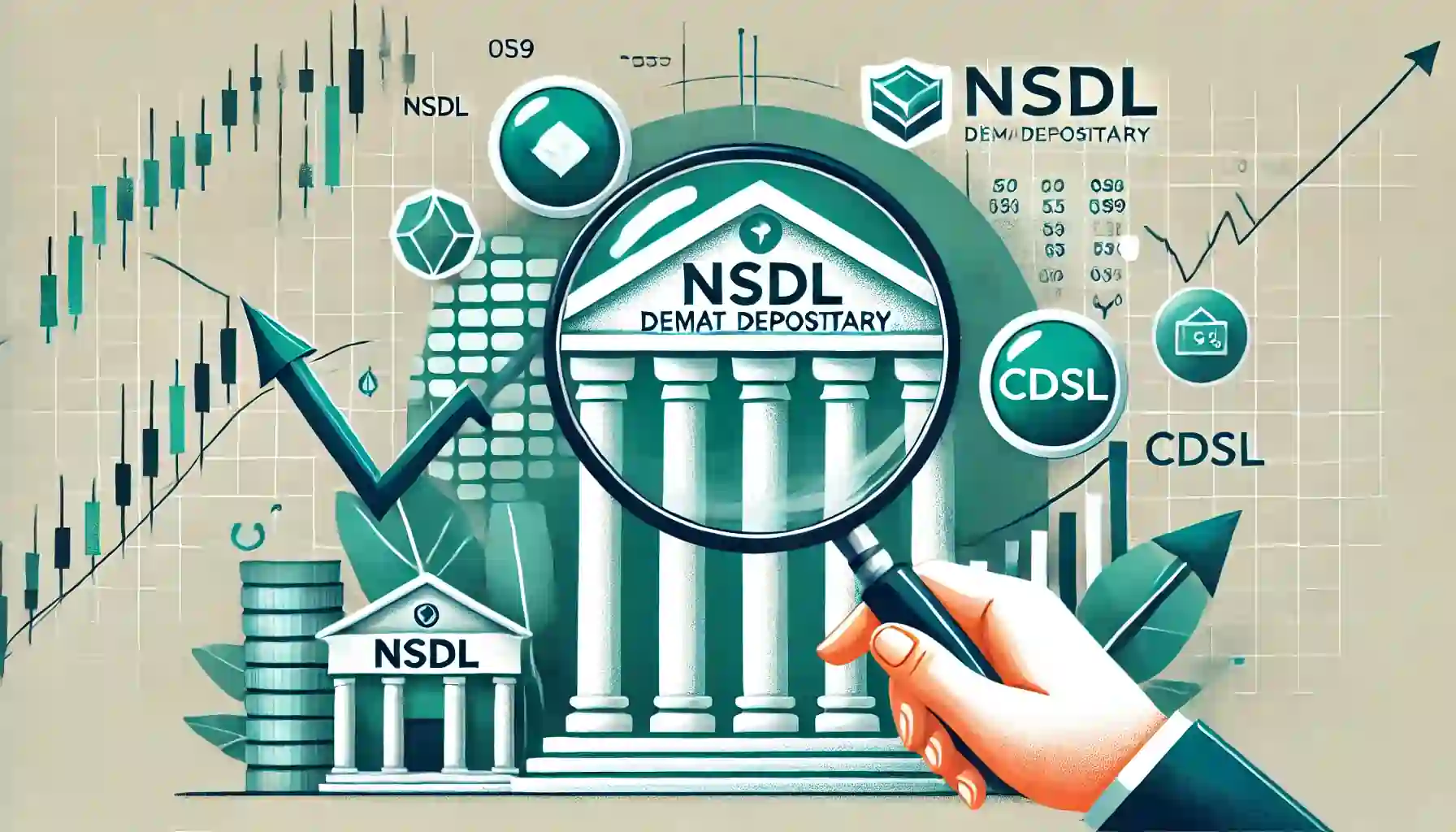
Determine if your Demat Depositary (DP) is NSDL or CDSL easily. Follow our guide to check using broking platforms or Demat account number formats
Read Full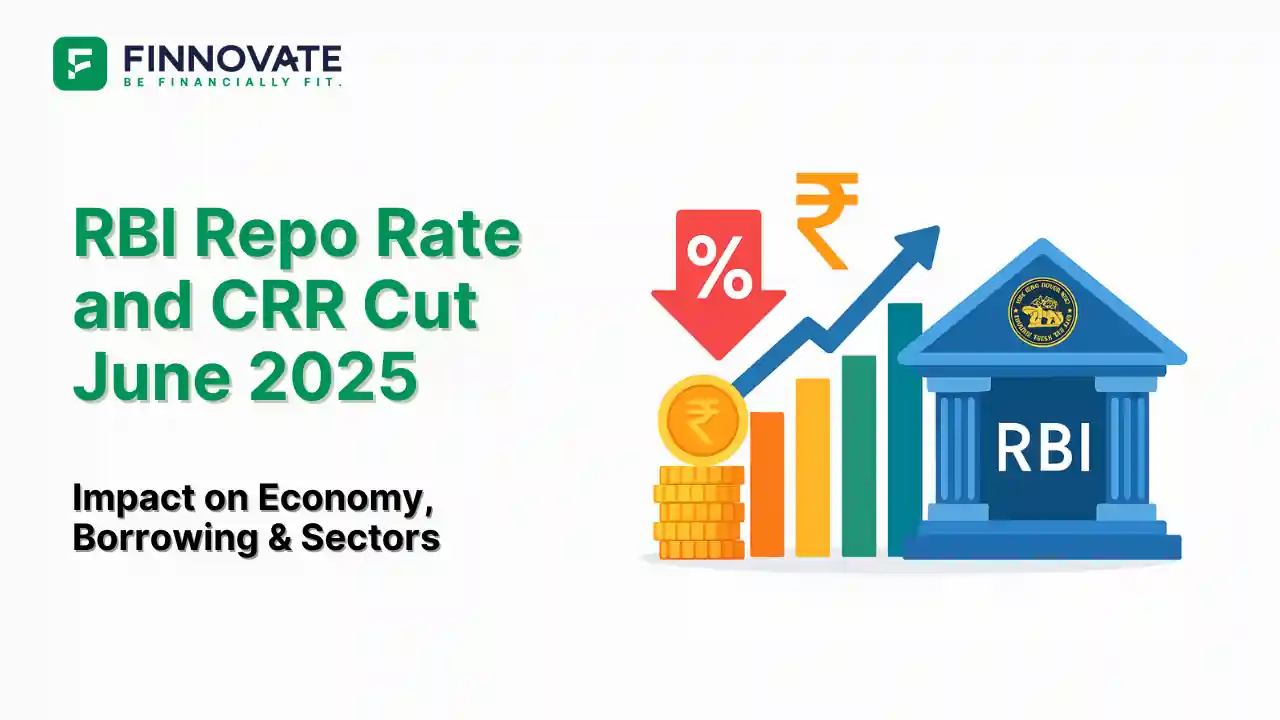
RBI cuts repo rate by 50 bps and CRR by 100 bps in June 2025 to boost growth. Learn how it impacts inflation, borrowing, sectors, and market trends.
Read Full